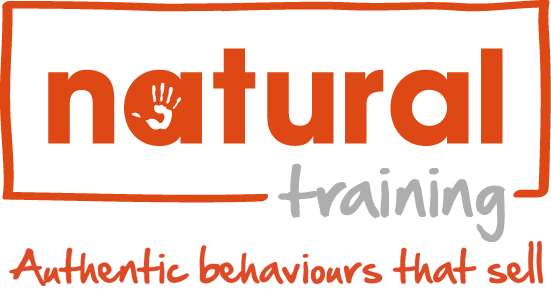Body Language & The Mahrabian Myth
There once was a researcher called Mahrabian who hit on an idea: He decided to study the effects of body language on verbal meaning.
He set out to answer the following question: How much meaning do people get solely from words, and how much more meaning do they get combined with body language?
So, he conducted a large body of research on the effects of a spoken message.
Here are the results (which you may have heard): When you speak, 38% of communication is tone of voice. Only 7% is what you actually say. 55% is physiology.
Quite frankly I’m sick of hearing about these stats: I think this research is over-quoted, and flawed.
It particularly irks me that so many people in business live by the research and quote it, without understanding the context of it.
What many people don’t know is that the research was conducted mainly among married couples in their homes – a consistently higher emotional environment.
Think about body language in the home versus at work: when speaking, it’s much easier to throw a saucepan at someone, or let out a belly-laugh, when you’re at home.
In a work situation we are usually more professional and keep our emotional cards much closer to our chest. Which means that the content of what we say suddenly becomes much, much more important.
Don’t get me wrong – body language is important. Of course we get lots of meaning from the way a message is delivered. But those stats are way out of context for peer-to-peer communication.
Unfortunately Mahrabian’s stats have given licence to “communications experts” over-emphasising the body language component of presentation skills. You can see someone who has been over-trained in body language. They show exaggerated gesturing and strange voice modulations.
They’re not natural.
We have a message-first approach in our presentation skills training workshops. We help you to write well structured and persuasive presentations with a priority on clarity.
Then, when you stand up and deliver you have the clarity that gives you the confidence you need to showcase your natural style. If you are demonstrating awkward or distracting body language then we will work with you to ensure that it doesn’t become a problem. For example: hands on hips (menacing), standing cross-legged (weak), hands flying about all over the place (confused), or just some sort of weird hand thing that you might be doing.
The more extreme body gestures do need to be kept in control.
But for the most part, if we have written a great business presentation, then we should let the content do the talking and leave the intense body language studies to the actors.
Give me a call if you would like some help!
Got a comment?
Catch us on Social Media and join the discussion!

